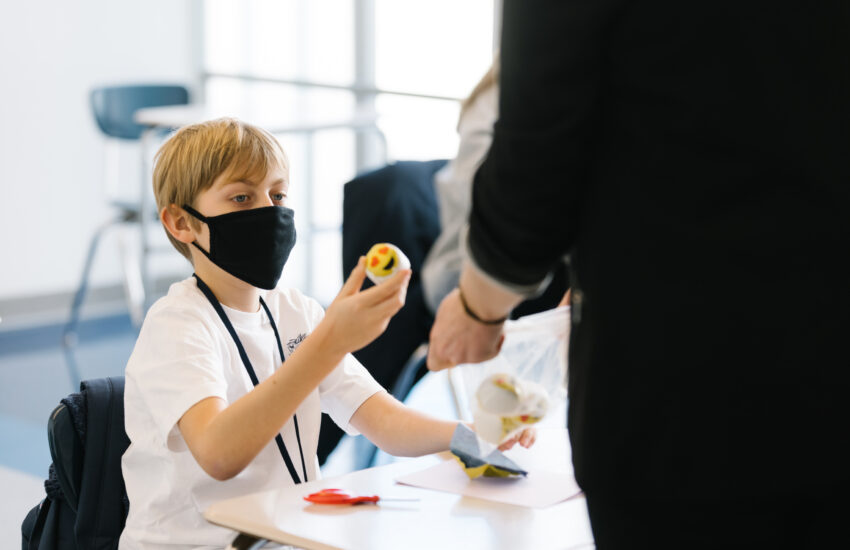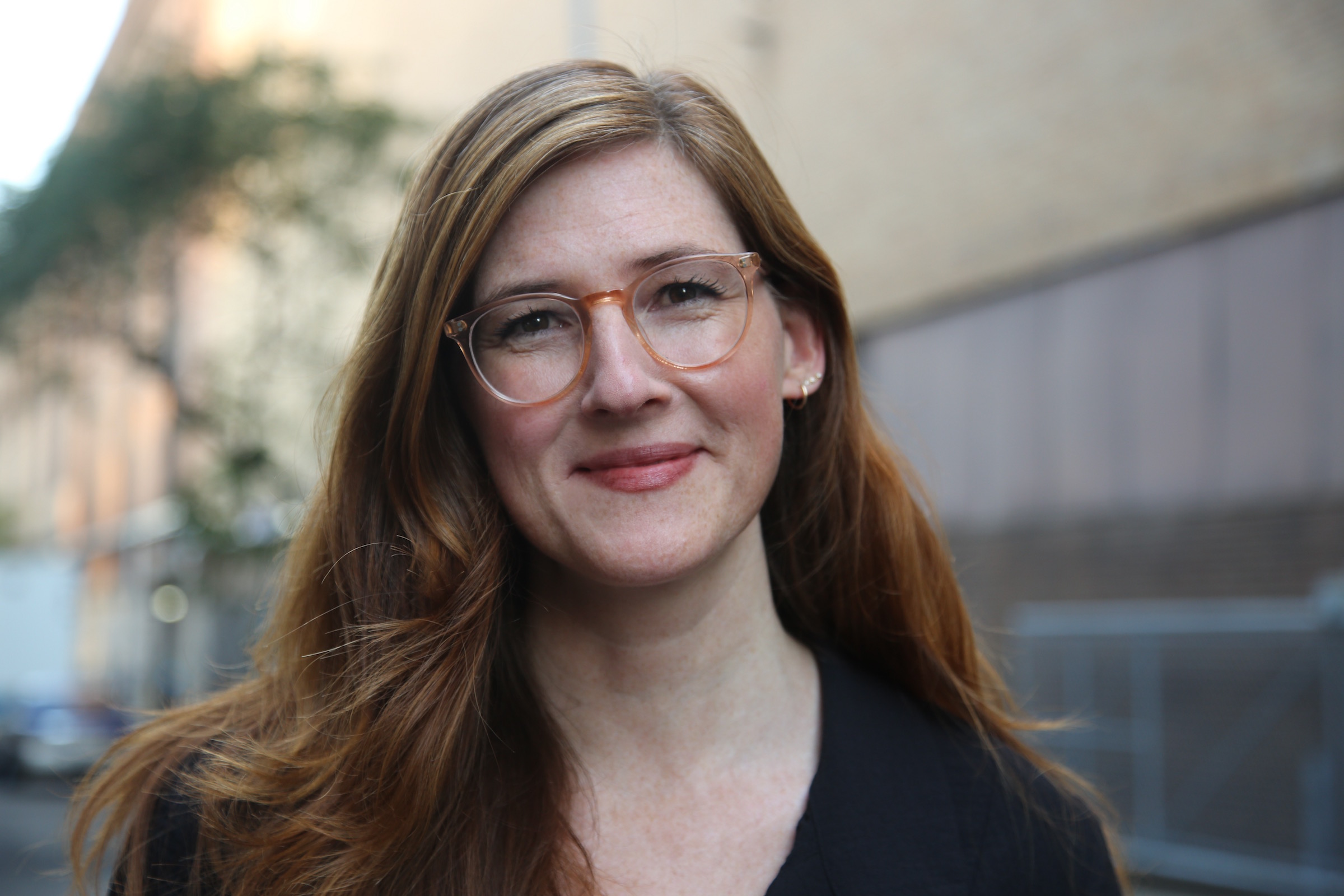Ritual offers two gifts: unlocking smaller, easily attainable joys, and fostering a healthy climate of prevention in this period of Covid-19.
As we had to simplify and let go of many of our habitual patterns around the holidays, for some it may have felt as strong as a shift in the laws of physics: this winter, we do not gather–at least not in the same ways. To many, this revealed just how important ritual is.
This winter, as we return to school, we can get ahead of the blues by identifying small things that matter, and keeping them sacred.
What we call the “Blue Period” is upon us, and we can take advantage of the protective power of ritual. Simple, small moments of connection open the door for authentic and ongoing connection.
The word ritual finds its roots in the rites that mark our passage through time. Its connection to the word rhythm reminds us of ritual’s connection to the patterns that make life meaningful. It is also connected to the word ritam, Sanskrit, from the Rig Vedas, meaning ‘the law that governs the truth.’ When we put together the French and English word ‘rite’ and connect it to the Sanskrit ‘ritam’, an interesting revelation appears: the ways in which we mark the passage of time connect us to a greater truth.

Our children and teens look to make meaning, form key habits and memories, and absorb information about the adapted workings of the world in which they live. This year, they have had to let go of many traditional rites of passage. Some students have referred to it, understandably, as a stolen year. They have a rightful need for exploration and novelty at a time in life when the mind is forming life-long habits and skills; when we experience the world, as adolescence expert and neurologist Dr. Frances Jensen puts it, through a lens of ‘exquisite sensitivity.’
Our students are living, in the words of prevention educator Eduardo Torres, within “a great developmental mismatch.” Normal, healthy risk-taking patterns have been disrupted and reshaped. In some ways, this has brought new connections and creative practices to light: students report spending more time making art or music, and some have started taking intentional walks for self-care, initiated new charitable projects and clubs, or taken new directions and risks in art-making. For others, it has meant taking more time to be together with family, preparing and enjoying meals, or being outdoors. We continue to be amazed by everyone’s resourcefulness and creativity despite immense challenges.
Some students have reported that some of the best things to come out of this year have been incredibly simple, and even mundane: “Jeopardy” on Tuesdays, or walks at sunset. One student reported that his older brother being at home has cemented their connection–when the older sibling’s social circle was reduced, he started making more trips to his little brother’s door. More time at home means more time together, and ritual can turn the mundane into magic.
What we call the “Blue Period” is upon us, and we can take advantage of the protective power of ritual. Simple, small moments of connection open the door for authentic and ongoing connection. And with more time at home, in a climate of closeness, we can organically find opportunities to approach essential conversations around more traditionally challenging topics, such as human development, sexuality, and the prevention of addictive disorders.
Some students have reported that some of the best things to come out of this year have been incredibly simple, and even mundane: Jeopardy on Tuesdays, or walks at sunset.
Prevention specialists put it this way: if we aim to have multiple, brief conversations about key topics, it sends the message that our door is open. Sixty one-minute conversations are proven to be much more effective in prevention than the stand-alone hour-long talk. In this way, the fun outings we are missing are also offering us a chance to forge into territory it would be otherwise more challenging to carve out time for.
- What have you been waiting to address with your child, teen, or family? How can you get a key conversation started?
- What boosts your mood, and theirs, and keeps you grounded?
- What rituals have emerged as most important in recent months?
- What might you or your children need to protect mental and emotional health? What might need to combat the blues- what can you line up ahead of time?
- Consider a screen-free time of day and week to further foster connection.
Together, at school and at home, we can connect with that exquisite sensitivity in routine ways, to get us ahead of the blues, and build bridges into new territory. Let’s set ourselves up for the small family victories that will carry us through to spring.
About the Author :
Jamie Laurens joined the Lycée in 2007. A native of the Rockies, Jamie began working on student wellness as a college student at Carnegie Mellon University in Pittsburgh, Pennsylvania and in Avignon, France, where she chose education as a vocation. She began at Idyllwild Arts Academy and Westridge School before moving to New York and the Lycée. She has taught in the English program in middle and high school, co-developed the Advisory and Social Entrepreneurship programs, and researched the links between attention, learning, and well-being. Jamie enjoys reading poetry and being in the outdoors.


